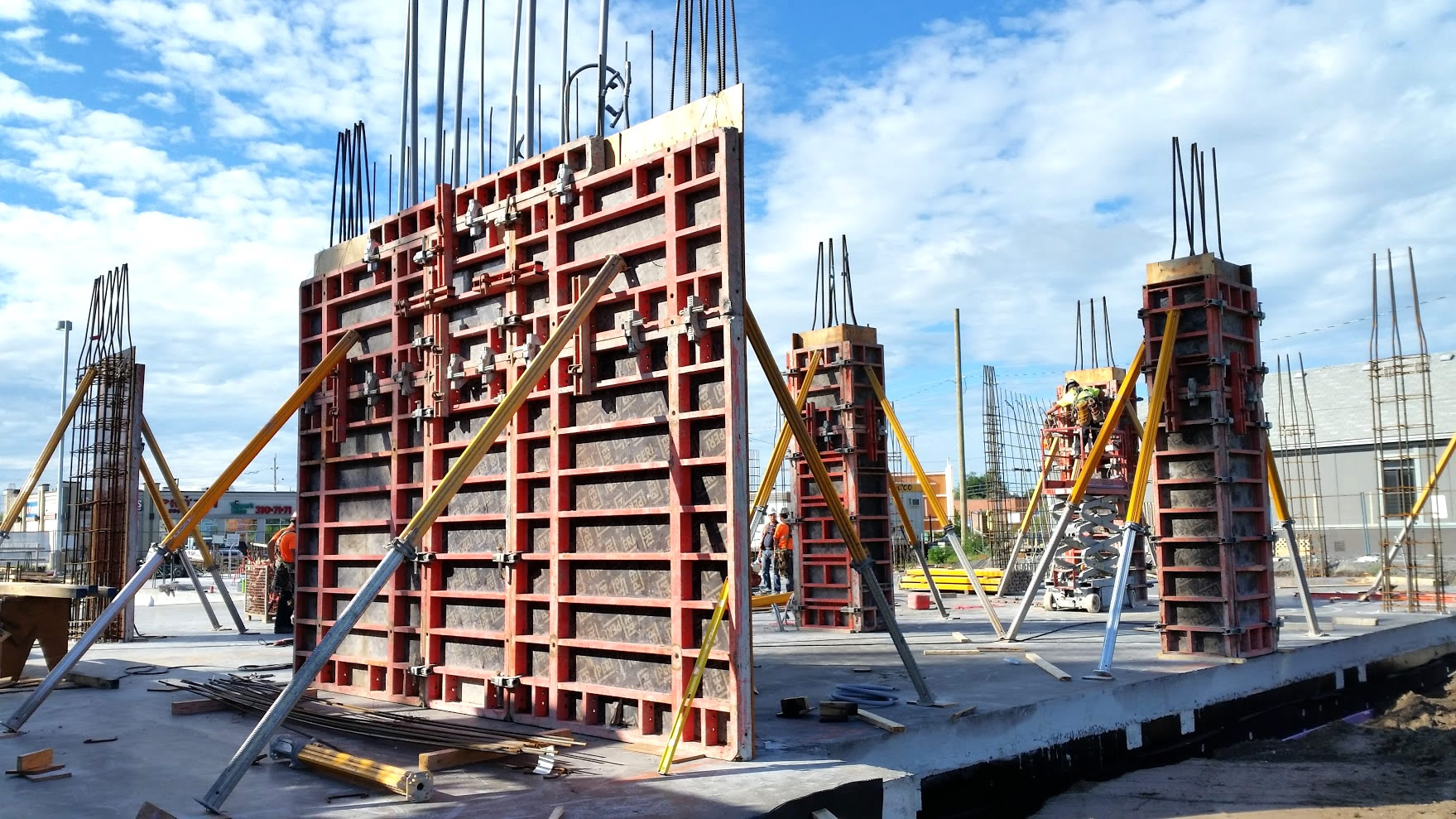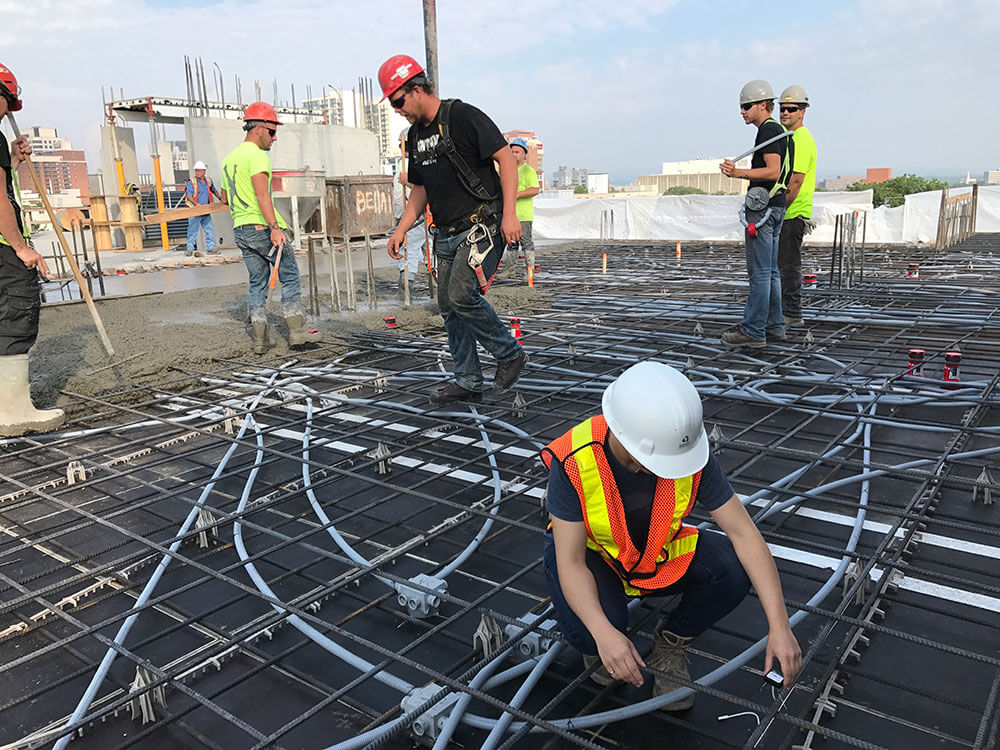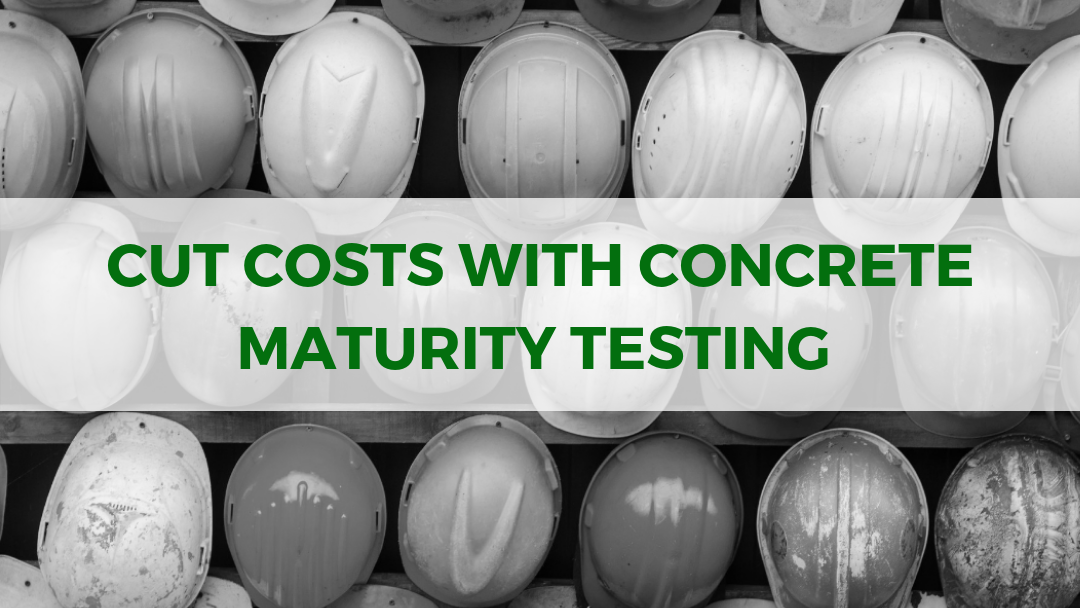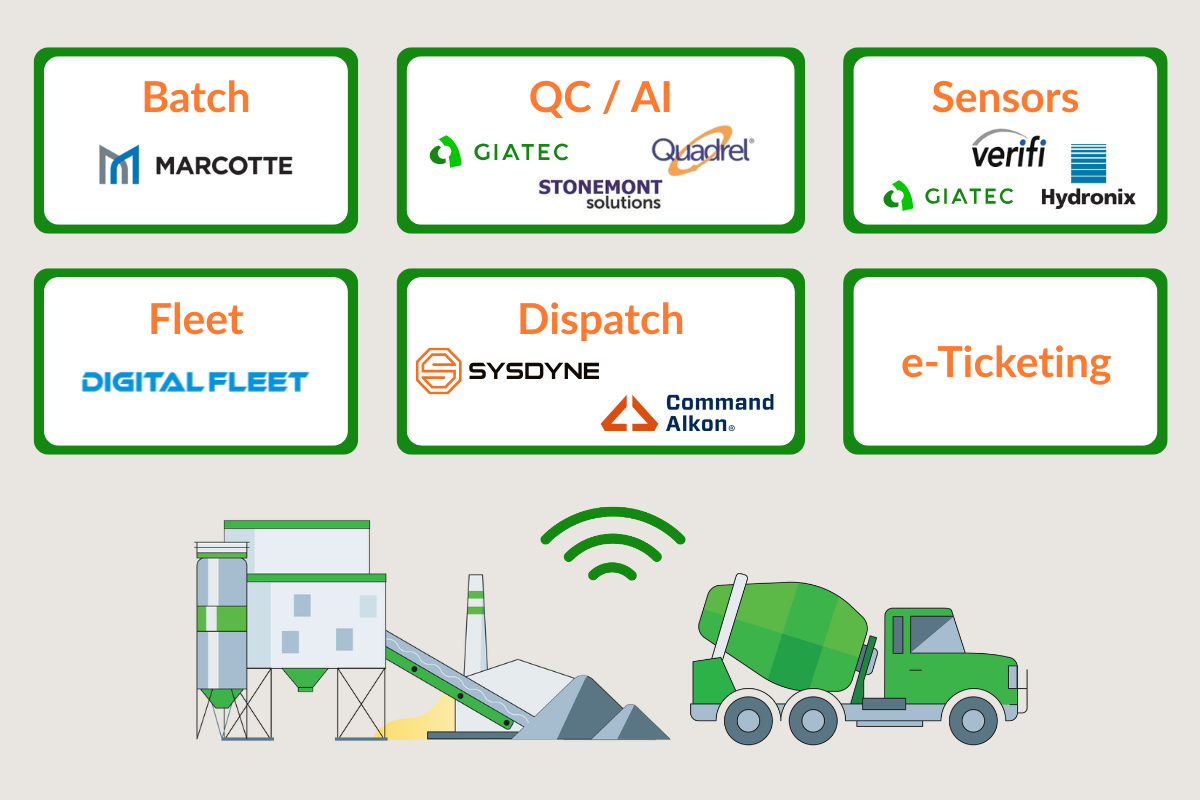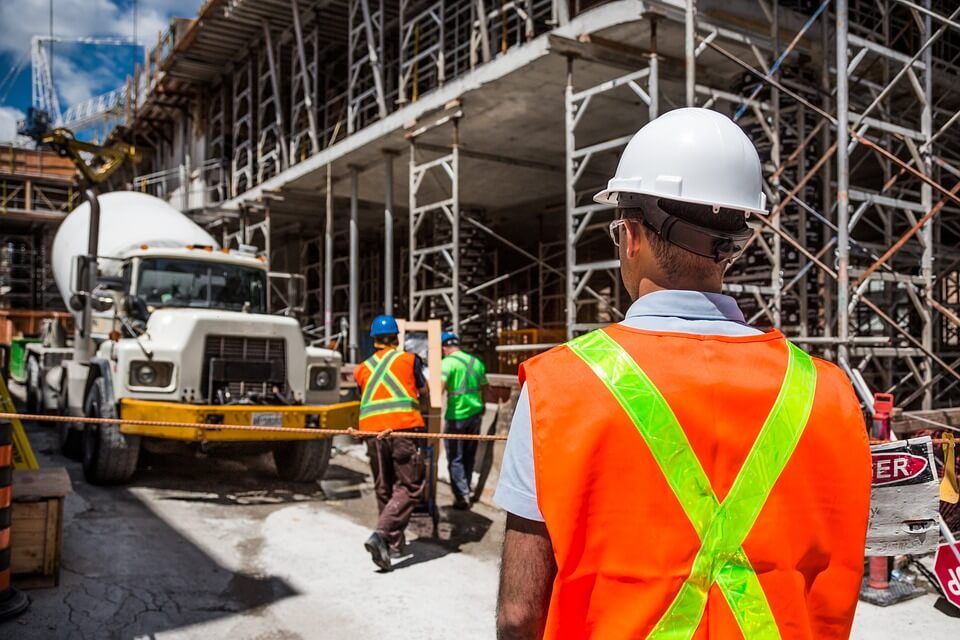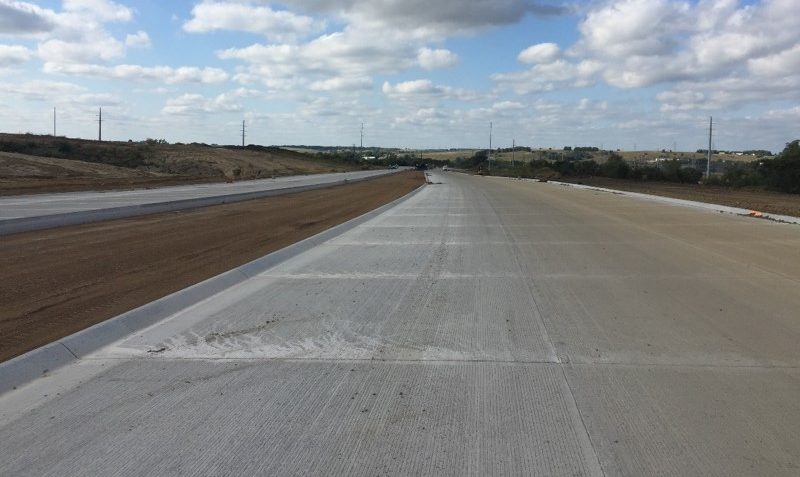Construction management isn’t just about moving dirt and pouring concrete; it’s about managing a complex web of contracts (including defining risks, quality control, and dispute management), scheduling and planning, as well as safety, to bring a vision to life. Whether you’re overseeing road repair or a mass concrete project, the core principles of effective construction management remain the same. If executed well, this will ensure that your project is completed on time, within budget, and meets the highest standards. In this blog, we’ll examine key insights that will help you deliver projects more successfully and efficiently.
Explore 12 Futuristic Technology Trends Solving Concrete's Biggest Challenges.
Why Clear Contracts are Essential for Effective Construction Management
When it comes to construction, contracts are more than just legal formalities; they form the foundation of the entire project. A good contract defines responsibilities, sets expectations, and outlines the rules that everyone involved must follow. Without a solid contract, you’re setting yourself up for confusion, delays, and costly disputes.
A well-crafted contract should:
- Set expectations – Clearly define roles, responsibilities, and timelines, ensuring that everyone is aligned from day one.
- Prevent disputes – Outline penalties for delays and provide clear paths for dispute resolution. This creates a framework to resolve issues without escalating to litigation.
- Protect both parties – A well-drafted contract eliminates ambiguity and ensures that both clients and contractors are safeguarded from misunderstandings that could derail the project.
How to Navigate Construction Risks with Proactive Management Strategies
In construction, risks are inevitable—whether it’s unpredictable weather, labor shortages, or unexpected site conditions. What separates successful projects from the ones that falter is how risks are identified and mitigated from the outset. A good project manager knows that risk management is an ongoing process, not a one-time task to check off at the beginning.
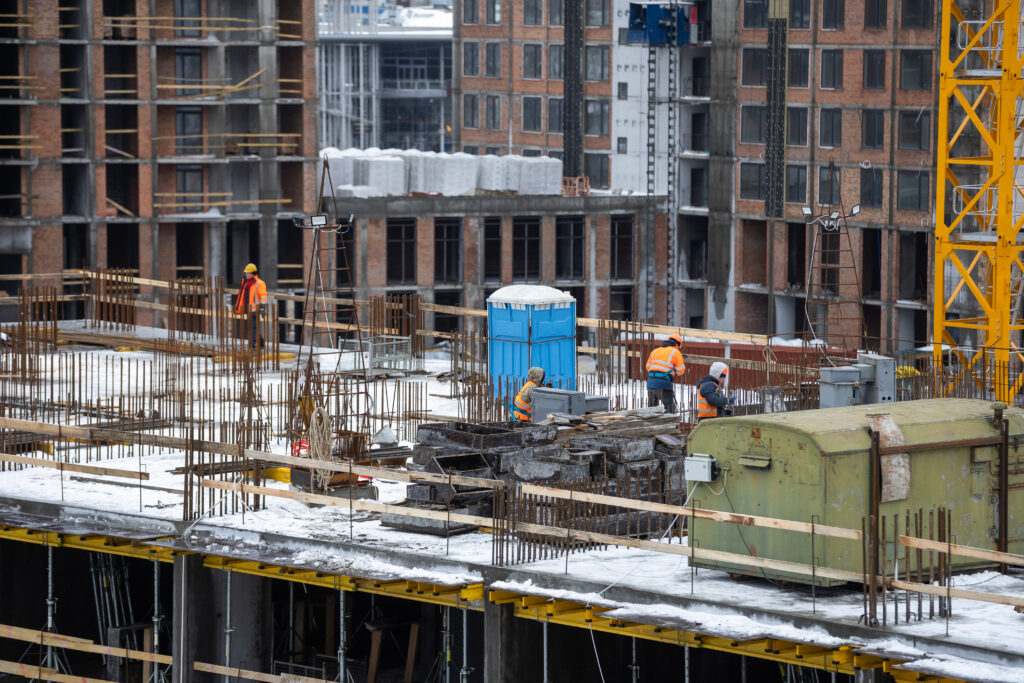
Risk management tools allow you to assess the likelihood of various challenges and their potential impact. These tools help teams make data-driven decisions, ensuring that the project stays on track, no matter what hurdles come up along the way. They allow you to:
- Identify risks early: Use tools like risk registers and Monte Carlo simulations to assess the likelihood and impact of potential problems.
- Develop contingency plans: Set aside budget cushions for unforeseen costs increases and have backup suppliers lined up for disruptions.
- Save time and money by mitigating unexpected issues before they arise when you proactively plan.
The key to effective risk management is being proactive, not reactive. The best teams don’t just wait for problems to happen; they anticipate them and prepare accordingly.
Maintain Quality Assurance and Quality Control in Construction Management
Quality isn’t just a matter of choosing the best materials; achieving excellence at every phase of the project is what truly defines success. From planning to execution to the final touches, both quality assurance (QA) and quality control (QC) are essential for ensuring that the project meets or exceeds expectations.
- QA focuses on preventing defects by establishing systems, procedures, and standards early in the project.
- QC involves inspecting and addressing defects during or after construction to maintain high standards.
A successful quality management approach extends beyond inspections. It involves creating a culture where everyone on the team takes ownership of quality. This mindset should not be limited to engineers and project managers; every team member plays a role in ensuring quality.
On high-performing projects, quality is a shared responsibility. Site supervisors may stop a pour if something looks wrong, while laborers will flag issues before they escalate. This collective commitment to quality aligns with ISO 9001 standards, promoting leadership, stakeholder engagement, and continuous improvement across the project.
3 Key Techniques for Effective Dispute Resolution in Construction Projects
Conflicts are inevitable in complex construction projects, with so many moving parts and stakeholders. However, conflict doesn’t have to spell disaster. When managed effectively, disputes can clarify misunderstandings and even foster better collaboration in the long run. Here are three key techniques for resolving disputes:
- Act Early
Address conflicts immediately to prevent them from escalating into costly and time-consuming litigation. Early resolution helps avoid delays and keeps the project on track.
- Use the Right Tools
Leverage negotiation, mediation, and arbitration to resolve issues efficiently. Negotiation is preferred, but if it doesn’t work, mediation and arbitration, especially when facilitated by neutral third parties, can help find solutions and avoid prolonged legal battles.
- Encourage Open Communication
Clear communication is key to preventing misunderstandings. Regular meetings and transparent documentation keep everyone aligned and help resolve issues before they become disputes.
Effective communication is crucial throughout the process. By maintaining open lines of dialogue and addressing disagreements early, you can resolve issues swiftly and keep the project on track.
Construction Scheduling and Planning for Successful On-Time Project Delivery
Every successful construction project starts with a solid plan and a carefully crafted schedule. A construction schedule isn’t just a list of dates—it’s the roadmap that guides the project through every phase, from start to finish. It outlines task sequences, allocates resources, and anticipates potential obstacles, ensuring that everyone involved knows what needs to be done, when, and by whom.
To ensure the project stays on track and meets its goals, consider these key strategies:
- Use Modern Tools
Leverage advanced scheduling tools like Gantt charts, Critical Path Method (CPM), and Building Information Modeling (BIM). These tools help visualize the entire project timeline, identify dependencies between tasks, and allow for real-time adjustments. By integrating these systems, you can improve coordination, enhance forecasting, and reduce the risk of costly delays.
- Be Adaptable
While a detailed plan is essential, construction projects rarely go according to plan. Being adaptable means recognizing that unexpected challenges—such as weather delays, supply chain disruptions, or workforce changes—will arise. The key is to anticipate these issues early and adjust timelines and resources as needed, keeping the project moving forward without significant setbacks.
- Develop a Comprehensive Plan
A well-structured schedule does more than keep everyone organized—it helps track resources, allocate tasks effectively, and identify potential delays before they become roadblocks. A comprehensive plan integrates risk management strategies, sets realistic milestones, and clearly defines roles, so there’s no ambiguity about expectations. This forward-thinking approach ensures that the project stays on track, even as conditions change.
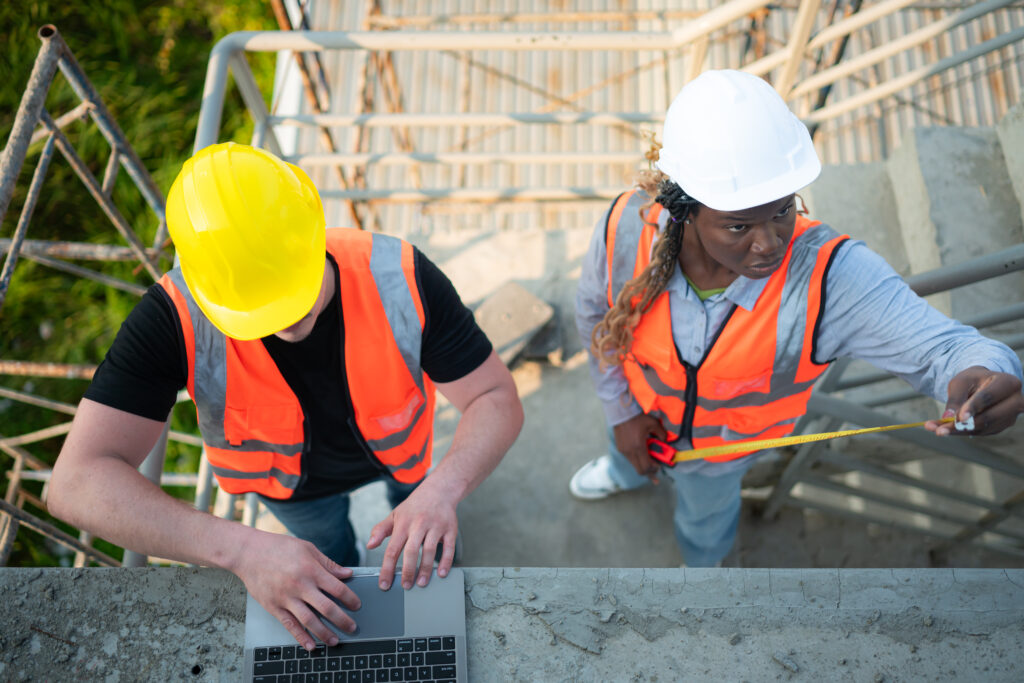
Importance of Documentation
While having a solid plan in place is crucial, flexibility is equally important. No matter how meticulously you plan, construction is inherently unpredictable. The key to managing these uncertainties lies in good documentation. Accurate, up-to-date documentation serves as a reliable record of decisions, changes, and adjustments, helping keep everyone aligned. Clear documentation, such as change orders, RFIs, and daily reports, allows teams to track and communicate changes quickly, preventing misunderstandings and minimizing delays.
By ensuring that every update and decision is documented properly, you create a transparent, accountable system that can be referenced as the project evolves, ensuring smoother execution and reducing the risk of costly disputes.
Health, Safety, and Environmental Best Practices for Construction Managers
Construction is one of the most dangerous industries, and safety should always be a top priority. However, safety isn’t only about providing the right equipment or following procedures—it’s fostering a safety culture on-site. As a construction manager, it’s your responsibility to ensure that every worker feels accountable for their own safety as well as the safety of their coworkers.
Safety begins with the basics: supplying the necessary personal protective equipment (PPE), conducting regular safety audits, and ensuring that workers are properly trained. Creating an environment where workers feel empowered to report hazards and take proactive steps to prevent accidents is essential to building safely.
In addition to safety, environmental responsibility is becoming more crucial in construction. Adopting sustainable practices—such as reducing waste, using eco-friendly materials, and minimizing energy consumption—can lessen the environmental impact and improve project efficiency, while boosting your project’s reputation.
Leverage Technology in Construction Management to Improve Efficiency and Quality
The construction industry is evolving rapidly with new technologies that are revolutionizing the way projects are managed and executed. From project management platforms to drones and AI, technology helps streamline operations, reduce errors, and improve communication.
How Real-Time Concrete Monitoring is Revolutionizing Construction Projects
Advancements in real-time concrete monitoring are becoming a game-changer for construction projects. For example, technology now allows construction teams to track the temperature and strength development of concrete directly on-site through wireless sensors. This provides crucial data that ensures concrete reaches the necessary strength before moving forward with further construction activities, helping to avoid costly delays, rework, and quality issues. This approach not only improves quality control but also speeds up project timelines, contributing to overall project efficiency.
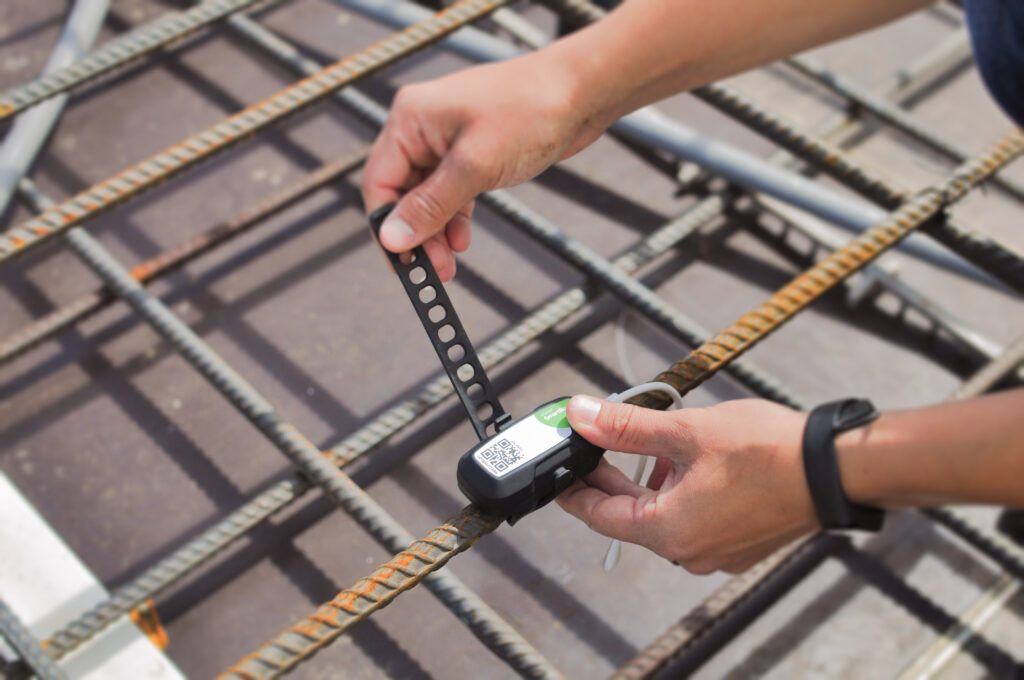
Conclusion
The best construction managers are those who plan ahead, adapt to changing circumstances, and lead with a clear vision. Embracing new technologies, fostering a strong team culture, and prioritizing safety and sustainability will set your projects apart, ensuring successful project delivery through smarter, safer, and more efficient practices.
To achieve high-quality construction management, remember to set clear expectations from the start, anticipate problems with proactive planning, and create a culture of safety and quality across your team. When you focus on these essential strategies, you’re not just building structures. You’re delivering projects that stand the test of time!


